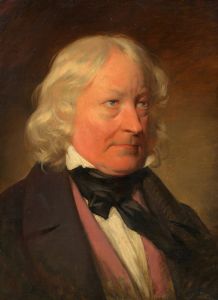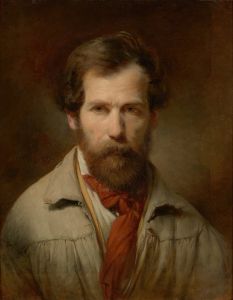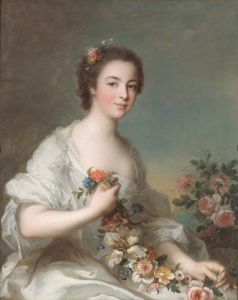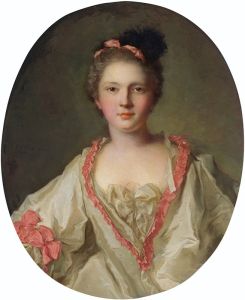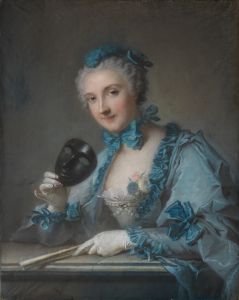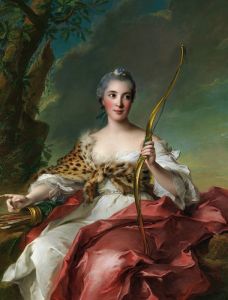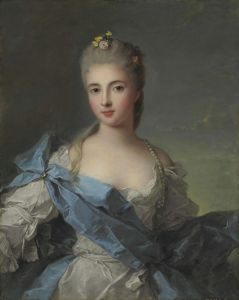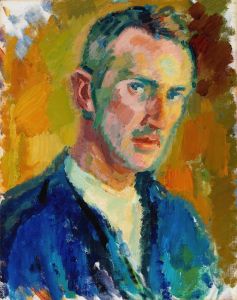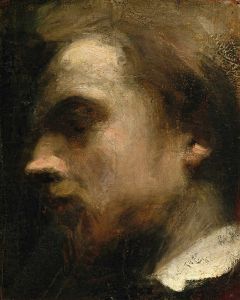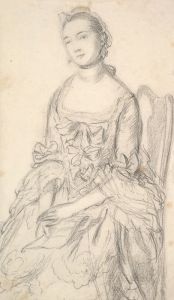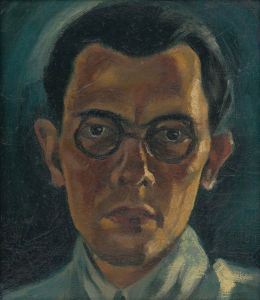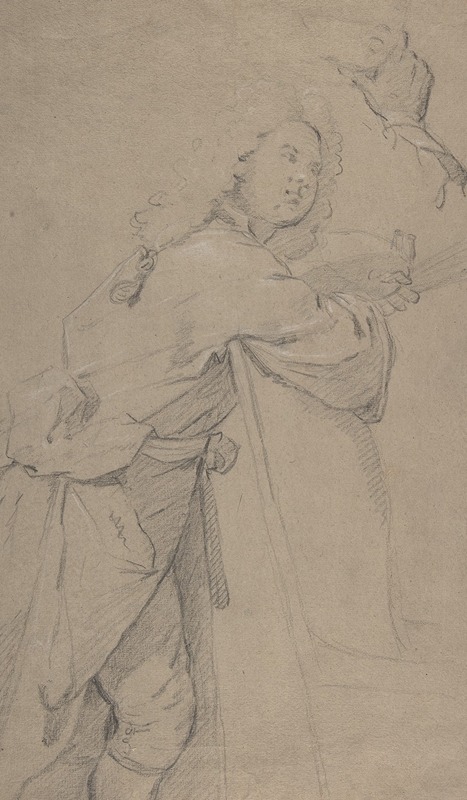
Self-Portrait
A hand-painted replica of Jean-Marc Nattier’s masterpiece Self-Portrait, meticulously crafted by professional artists to capture the true essence of the original. Each piece is created with museum-quality canvas and rare mineral pigments, carefully painted by experienced artists with delicate brushstrokes and rich, layered colors to perfectly recreate the texture of the original artwork. Unlike machine-printed reproductions, this hand-painted version brings the painting to life, infused with the artist’s emotions and skill in every stroke. Whether for personal collection or home decoration, it instantly elevates the artistic atmosphere of any space.
Jean-Marc Nattier (1685–1766) was a prominent French Rococo painter, renowned for his portraits of the French aristocracy. Among his works, "Self-Portrait" is a notable piece that reflects his skill and style, although specific details about this particular self-portrait are limited.
Nattier was born into a family of artists in Paris. His father, Marc Nattier, was a portraitist, and his mother, Marie Courtois, was a miniaturist. This artistic environment undoubtedly influenced Nattier's development as a painter. He initially trained under his father and later studied at the Royal Academy of Painting and Sculpture in Paris. His early career was marked by historical paintings, but he eventually found his niche in portraiture, which brought him considerable acclaim.
Nattier's style is characterized by its elegance and attention to detail, often capturing the opulence and grace of his subjects. He became particularly famous for his portraits of women, which often depicted them in mythological or allegorical guises. This approach not only flattered his subjects but also allowed him to showcase his ability to blend realism with imaginative elements.
The "Self-Portrait" by Jean-Marc Nattier, like many self-portraits of artists from this period, likely served multiple purposes. It would have been a demonstration of his skill and a means of self-promotion, showcasing his ability to capture likeness and character. Self-portraits also allowed artists to explore their identity and place within the art world. Unfortunately, specific details about the composition, date, and current location of Nattier's self-portrait are not well-documented in available sources.
Throughout his career, Nattier received numerous commissions from the French nobility, including members of the royal family. His portraits were highly sought after, and he became a favorite at the court of King Louis XV. Despite his success, Nattier faced financial difficulties later in life, partly due to the changing tastes in art and the economic challenges of the time.
Nattier's legacy is preserved through his numerous portraits, which continue to be celebrated for their beauty and technical proficiency. His works are housed in various museums and collections worldwide, including the Louvre in Paris and the Hermitage Museum in Saint Petersburg.
While specific information about Nattier's "Self-Portrait" is scarce, his overall contribution to the art of portraiture during the Rococo period is well-recognized. His ability to capture the elegance and personality of his subjects has ensured his place in art history as one of the leading portraitists of his time.





